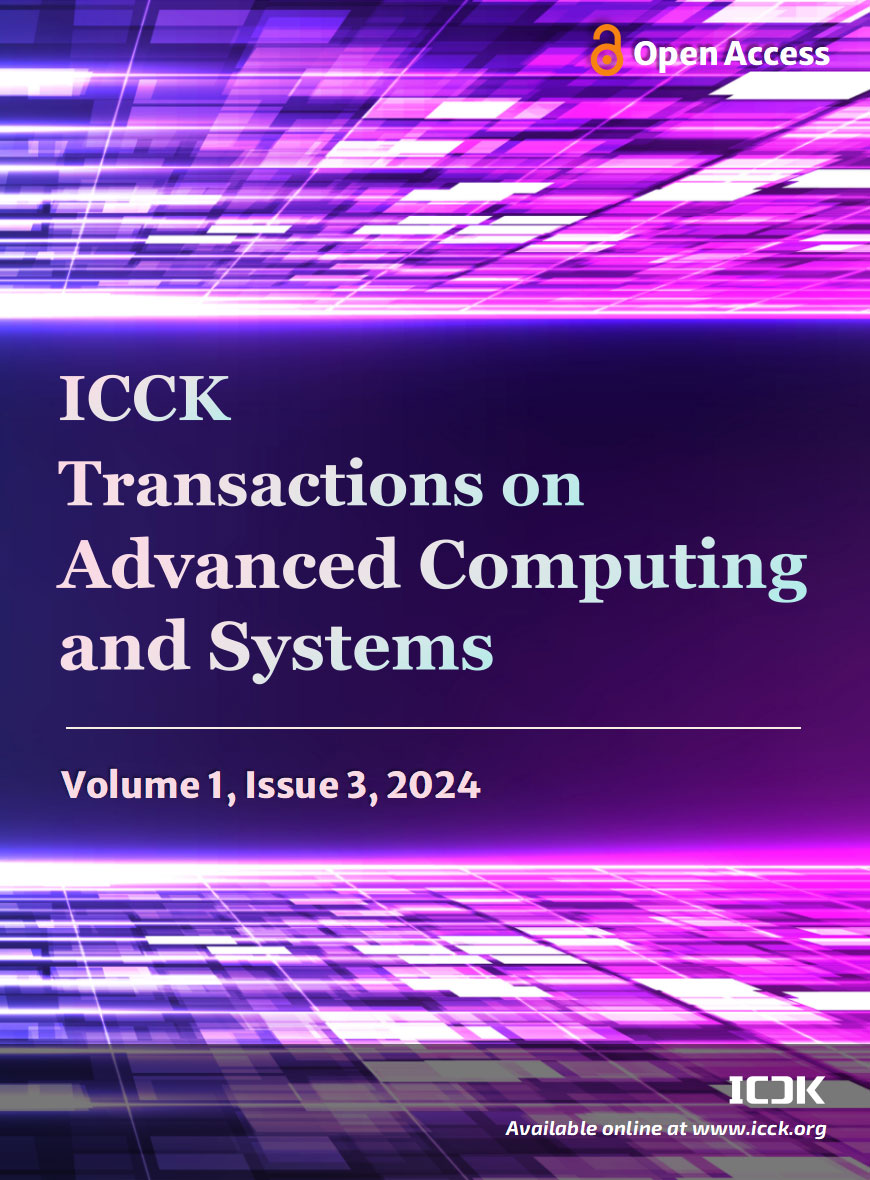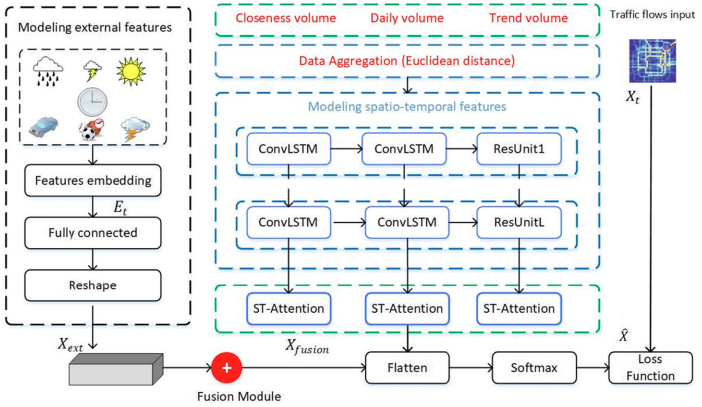Abstract
Traffic flow prediction is a critical component of Intelligent Transportation Systems (ITS) and smart city infrastructures. This survey paper provides a comprehensive analysis of recent advancements in deep learning-based approaches for traffic flow prediction, focusing on spatiotemporal correlations and attention mechanisms. We systematically review five seminal papers that propose innovative neural network architectures including DHSTNet, Att-DHSTNet, and ASTMGCNet for citywide traffic prediction. Our survey examines their methodologies, key contributions, experimental results, and comparative performance. We organize the discussion around three main themes: (1) modeling dynamic spatiotemporal dependencies, (2) attention mechanisms for traffic prediction, and (3) hybrid neural network architectures. The paper includes detailed comparison tables and conceptual figures synthesized from the reviewed works. Our analysis shows that attention-based hybrid models outperform traditional techniques, with ASTMGCNet having the lowest RMSE (4.06) and MAPE (12.56%) on benchmark datasets. We end by outlining current issues and potential research directions in this rapidly changing subject.
Keywords
intelligent transportation systems
traffic prediction
deep learning
machine learning
graph neural network
neural network
Data Availability Statement
Not applicable.
Funding
This work was supported without any funding.
Conflicts of Interest
The authors declare no conflicts of interest.
Ethical Approval and Consent to Participate
Not applicable.
Cite This Article
APA Style
Ali, R., Ali, A., Naeem, H. M. Y., Asad, M., Alsarhan, T., & Heyat, B. B. (2024). A Comprehensive Survey of Deep Learning-Based Traffic Flow Prediction Models for Intelligent Transportation Systems. ICCK Transactions on Advanced Computing and Systems, 1(3), 117–137. https://doi.org/10.62762/TACS.2024.795448
Publisher's Note
ICCK stays neutral with regard to jurisdictional claims in published maps and institutional affiliations.
Rights and Permissions

Copyright © 2024 by the Author(s). Published by Institute of Central Computation and Knowledge. This article is an open access article distributed under the terms and conditions of the Creative Commons Attribution (CC BY) license (
https://creativecommons.org/licenses/by/4.0/), which permits use, sharing, adaptation, distribution and reproduction in any medium or format, as long as you give appropriate credit to the original author(s) and the source, provide a link to the Creative Commons licence, and indicate if changes were made.


 Submit Manuscript
Edit a Special Issue
Submit Manuscript
Edit a Special Issue

 Copyright © 2024 by the Author(s). Published by Institute of Central Computation and Knowledge. This article is an open access article distributed under the terms and conditions of the Creative Commons Attribution (CC BY) license (https://creativecommons.org/licenses/by/4.0/), which permits use, sharing, adaptation, distribution and reproduction in any medium or format, as long as you give appropriate credit to the original author(s) and the source, provide a link to the Creative Commons licence, and indicate if changes were made.
Copyright © 2024 by the Author(s). Published by Institute of Central Computation and Knowledge. This article is an open access article distributed under the terms and conditions of the Creative Commons Attribution (CC BY) license (https://creativecommons.org/licenses/by/4.0/), which permits use, sharing, adaptation, distribution and reproduction in any medium or format, as long as you give appropriate credit to the original author(s) and the source, provide a link to the Creative Commons licence, and indicate if changes were made. 
